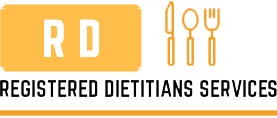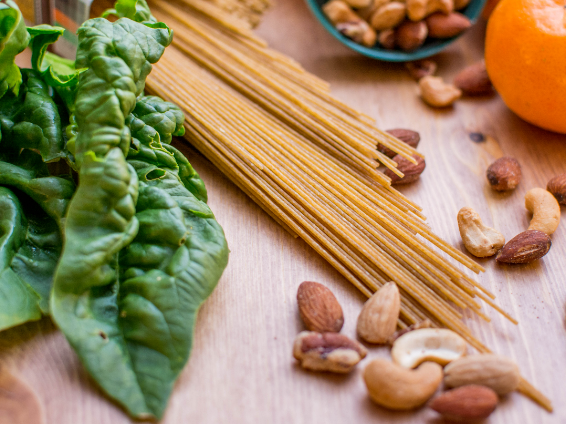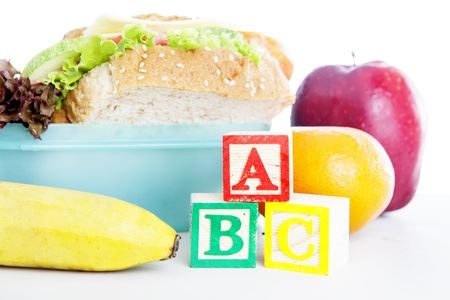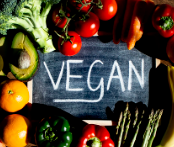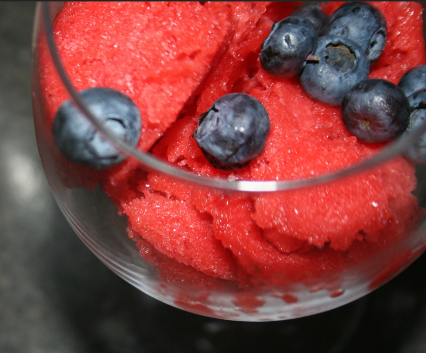Do you feel continuously tired and week?
Have you noticed any changes in your child such as irritability or fussy eating?
We’ll take a look at iron-deficiency anemia and how we can treat it by diet.
What is anemia?
Anemia is a worldwide health problem affecting both developed and developing countries. Anemia can occur at all stages of life. It can present during pregnancy, infancy, toddlers, children, adolescence, adulthood and elderly age. According to the WHO statistics, anemia affects about 42% of children and 40% of pregnant women. There are different types of anemia which are aplastic anemia, megaloblastic anemia, sickle cell anemia, spherocytosis and iron-deficiency anemia. In this blog we are going to focus on iron-deficiency anemia as it’s the one which can be caused by lack of iron in our diet, leading to malnutrition.
Symptoms
There are various symptoms of iron-deficiency anemia. Some individuals may experience a few or a lot of symptoms whereas some may have no symptoms at all. The symptoms of iron-deficiency anemia are:
- Fatigue
- Weakness
- Dizziness
- Nausea
- Lack of appetite
- Pale skin
- Poor immune function
- Rapid or irregular heartbeat
- Shortness of breath
- Cold hands and feet
In addition to the above symptoms children may also experience symptoms such as:
- Irritability
- Fussy eating
- Tongue enlargement
- Enlarged spleen
- Pica
Iron-deficiency anemia is important to be treated as its symptoms can lead to serious health complications. Some of which are interfering with normal daily activities and chores, heart failure and developmental delay in children.
Iron- deficiency anemia and diet
Iron-deficiency anemia can be treated by diet. The below is a list of food and their iron content. The food marked with orange shows that the food is rich in iron. So, if you or your child suffers from iron-deficiency anemia make sure that you include plenty of the listed below in your diet.
| Source of food | Per 100g (mg) | |
| Vegetables and fruit | Spinach | 2.0 |
| Tomato puree | 2.0 | |
| Dried apricots | 2.5 | |
| Gains products | Oatmeal | 3.0 |
| Dry cereal | 12.0 | |
| Pasta and egg noodles | 1.0 | |
| Meat Alternatives | Tofu | 5.0 |
| Soybeans | 3.5 | |
| Lentils | 2.0 | |
| Beans | 1.5 – 3.0 | |
| Pumpkin seeds | 2.5 – 7.5 | |
| Peas | 0.5 – 1.5 | |
| Sausages, meatballs, fish sticks | 1.7 – 3.2 | |
| Canned baked beans | 1.5 | |
| Nuts | 2.4 – 4.0 |
| (75g portion) | ||
| Meat | Duck | 1.8 – 7.4 |
| Venison | 2.5 – 3.8 | |
| Beef | 1.4 – 3.3 | |
| Lamb | 1.3 – 2.1 | |
| Chicken | 0.4 -2.0 | |
| Turkey | 0.3 – 0.8 | |
| Liver | 4.9 | |
| Fish and seafood | Octopus | 7.2 |
| Oysters | 3.3 – 9.0 | |
| Shrimp, scallops, crab | 2.2 | |
| Canned sardines | 1.7 – 2.2 | |
| Canned clams | 2.0 | |
| Mackerel, trout, bass | 1.4 – 1.7 | |
| Canned tuna in water | 1.2 |
The daily recommendation for iron in adults is 8.7 mg in men and 14.5 mg in women. The daily requirements of iron in children are: 7 mg from 1 to 3 years, 10 mg from 4 to 8 years, 8 mg from 9 to 13 years and 11-15 mg from 14 to 18 years. Here, I added some recipes which are rich in iron:
Conclusion
It is important to include iron in your diet in a balance way. This is because if iron exceeds 20 mg per day it may cause constipation and gastro problems both in adults and children. In certain cases, especially in women with a heavy menstrual period it is difficult to treat iron-deficiency anemia with diet only. Therefore, iron supplements can be prescribed along with a healthy balanced diet.
If, you or your child suffers from iron-deficiency anemia and would like a proper meal plan please do not hesitate to contact us. If, you would like to receive more nutrition information and recipes please subscribe to our website. In addition, if you would like more healthy recipes with low calorific intake I encourage you to order our recipe book. It contains 50 healthy, low calorie recipes all with nutrition information inside. Let me know what you think in the comments below.
